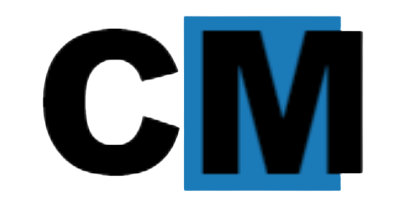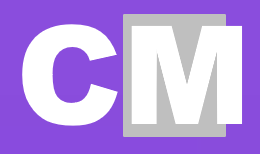Technical SEO Checklist for Pest Control Businesses

Technical SEO Checklist
When it comes to pest control businesses, a technical SEO checklist can help you boost organic search traffic, leads, and sales. Technical SEO is an important yet often overlooked area of Search Engine Optimization (SEO), focusing on optimizing the unseen elements of your website. This technical SEO guide is designed to help pest control businesses identify and optimize the infrastructure and design of their websites to ensure their Content is properly crawled and indexed by search engines.
Good technical SEO provides structural integrity and speed to a website, allowing search engines to identify and rank websites that are better optimized. Technical SEO comprises of several components that should always be properly managed for the best SEO results. Here is an in-depth technical SEO checklist that every pest control business should follow to ensure they are getting the most out of SEO for their website.
URL Structure: A simple but effective URL structure is necessary for SEO success, and especially important for pest control businesses. Including relevant keyword terms in your URLs helps search engine crawlers understand what the page is about. URLs should also stay brief, use hyphens as word separators, and avoid query strings.
Meta Titles & Descriptions: Title tags and meta descriptions should include keywords relevant to the page in an optimized manner. This not only helps search engines identify your content, but also entices users towards your page over other results.
Image Alt Attributes: Images can add value to a page, however, search engines won?t be able to process the images unless an alt tag attribute is included. Image tags should include relevant keywords and accurately describe the image, this will help make your website more discoverable in image searches.
Robots.txt: This file contains instructions for search engine crawlers, which are used to indicate which pages you want to include in the search engine index. The robots.txt should always be edited to disallow any unwanted pages from becoming indexed.
XML Sitemaps: XML sitemaps are beneficial for search engine indexing as they act as the roadmap of your website. XML sitemaps include important data points like when the page was last modified, how frequently the page is likely to change, and the relative importance of each page.
Page Load Speed & Mobile Optimization: Ensuring that your pages can be properly crawled by crawlers is essential for SEO success. This requires that all content is properly formatted and organized, while also having responsive design and sufficient page load speed.
Internal Linking: Internal links are essential to pass link juice (ranking power) from one page to another, and internal links should be used to clearly illustrate the main sections of the website.
Schema Markup: Schema markup is a type of microdata that can be added to a website to help search engines better understand the content of a page. Schema tags do not necessarily affect rankings directly, but they do provide a positive signal to search engines.
Following this technical SEO checklist for pest control businesses will help ensure that your website is properly optimized for better organic search results. This checklist provides a comprehensive guide to identifying and optimizing the structural elements of your website, so you can attract more visitors and convert them into customers.
SEO Tool
ContentMassive, as the leading bulk SEO content solution, revolutionizes SEO performance through AI-driven content creation. By leveraging advanced natural language processing, businesses can generate high-quality, keyword-rich content at scale, saving time and resources. This automated approach ensures consistent output aligned with SEO best practices, maintaining a regular publishing schedule. ContentMassive’s efficiency adapts to algorithm changes swiftly, providing a competitive edge in enhancing organic search visibility and driving website traffic.








